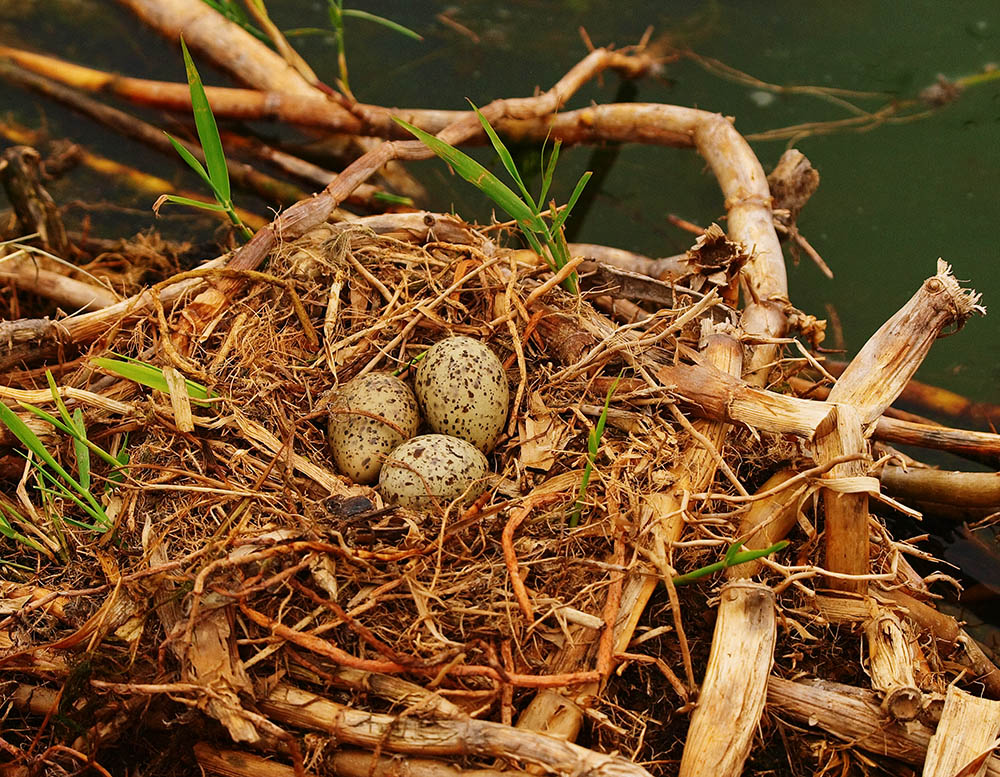
| Home | Login |
Search
Forum
Actions
New Document
New Folder
List Folders
List Documents
List Groups
List Users
Camera resources
Olympus 4000
Olympus 4040
Olympus 5050
Olympus 5060
Olympus 7070
Olympus 8080
Olympus E-M1 II
Olympus E-M5
Olympus E-P1
Olympus E-P2
Olympus E-PL1
Olympus E-PL3
Olympus E1
Olympus E3
Olympus E30
Olympus E300
Olympus E330
Olympus E400
Olympus E410
Olympus E420
Olympus E500
Olympus E510
Olympus E520
Olympus E620
m4/3 lenses
Camera FAQs
Terms of Service
Photo contest
Submissions page
Hall of fame
Folders
About this site
Documents
Polls
Private folders
Public folders
Categories
Abstract
Action/Motion
Animal
Architecture
Candid/Snapshot
Cities/Urban
Documentation
Fashion/Glamour
Historical
Landscape
Macro
Miscellaneous
Nature
Night/Low light
People
Polls
Sand and Sea
Sky
Tourist/Travel
Contact Us
Eggs

Copyright ©2011, Olav Agnar Frogner
Viewed times
Populations of Common terns were greatly reduced in the 19th century because of habitat loss due to development, hunting and egging by people, and also because of the millinery trade, where feathers, wings, and sometimes whole stuffed birds were used as hat decorations. Conservation initiatives greatly eased such pressures and the species recovered in the first half of the 20th century. However, starting in the mid-20th century, populations have started to decline again, likely due to a combination of factors such as competition for nesting sites by gulls (whose populations blossomed near garbage dumps), disturbance by people and off-road vehicles, and storm floods. The Common Tern is one of the species to which the Agreement on the Conservation of African-Eurasian Migratory Waterbirds and the U.S.-Canada Migratory Bird Treaty apply. After the eggs are laid, some lining material is added throughout the incubation period, such as grass, reeds, or even rubbish. Clutch size is normally three eggs, fewer in bad food years. They are cream, buff, or brown, and finely marked with streaks or spots of black, brown or grey. Incubation is by both sexes and lasts 22–33 days, depending on disturbances at the colony which may leave the eggs unattended.
| Photographer: | Olav Agnar Frogner |
|---|---|
| Folder: | Danube Delta |
| Uploaded: | 04-Oct-2011 19:05 CEST |
| Model release available: | |
| Camera: | Olympus E-3 |
| Exposure time: | 1/1000 s |
| Aperture: | F5 |
| Focal length: | 70 mm |
| Lens: | Olympus ZD 50-200 swd + EC-14 |
| Focusing method: | Spot |
| ISO: | 400 |
| White balance: | Auto |
| Flash: | no |
| Image format: | SHQ |
| Processing applied: | |
| Various: | |
| Image resized to: | 777x1000 |